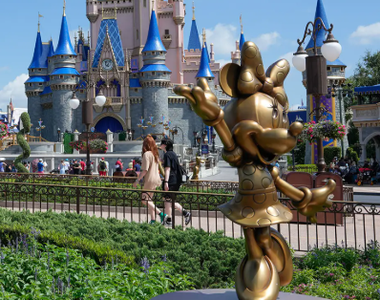
From the very first series of the phenomenon "La Casa de Papel", the Professor (the character played by varlvaro Morte) made it clear to the characters who would be named after a city. Thus, we all got used to Tokyo, Nairobi, Rio, Berlin, Denver, Helsinki, Palermo, Oslo, etc. What about Professors?

Even the character of varlvaro Morte, known as Sergio Marquina (Professor) has a city name, though not officially. The actor told Rappler:
"The concept that this city represents fits the Professor [as a character], but we have to remove the religious components. I think it would be called Vatican City. The Vatican is a city-state. Very small. But like the Professor, he is always protected and at the same time, he has power all over the world. "

In terms of naming, the idea was originally for the characters to have planet names. Fortunately, this idea was rejected. The idea for city names was born quite suddenly. One day, creator Álex Pina was wearing a Tokyo T-shirt. That's it.







